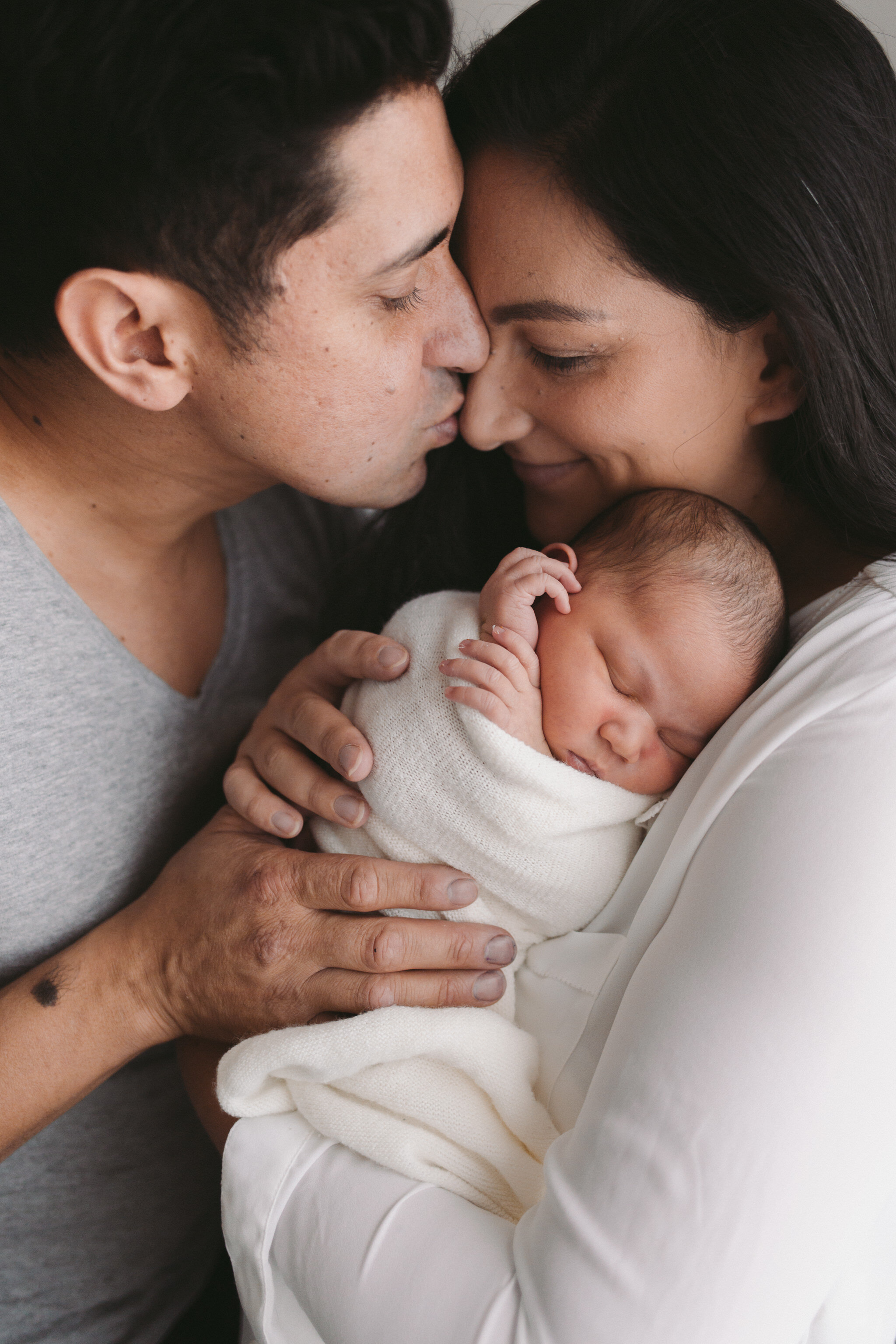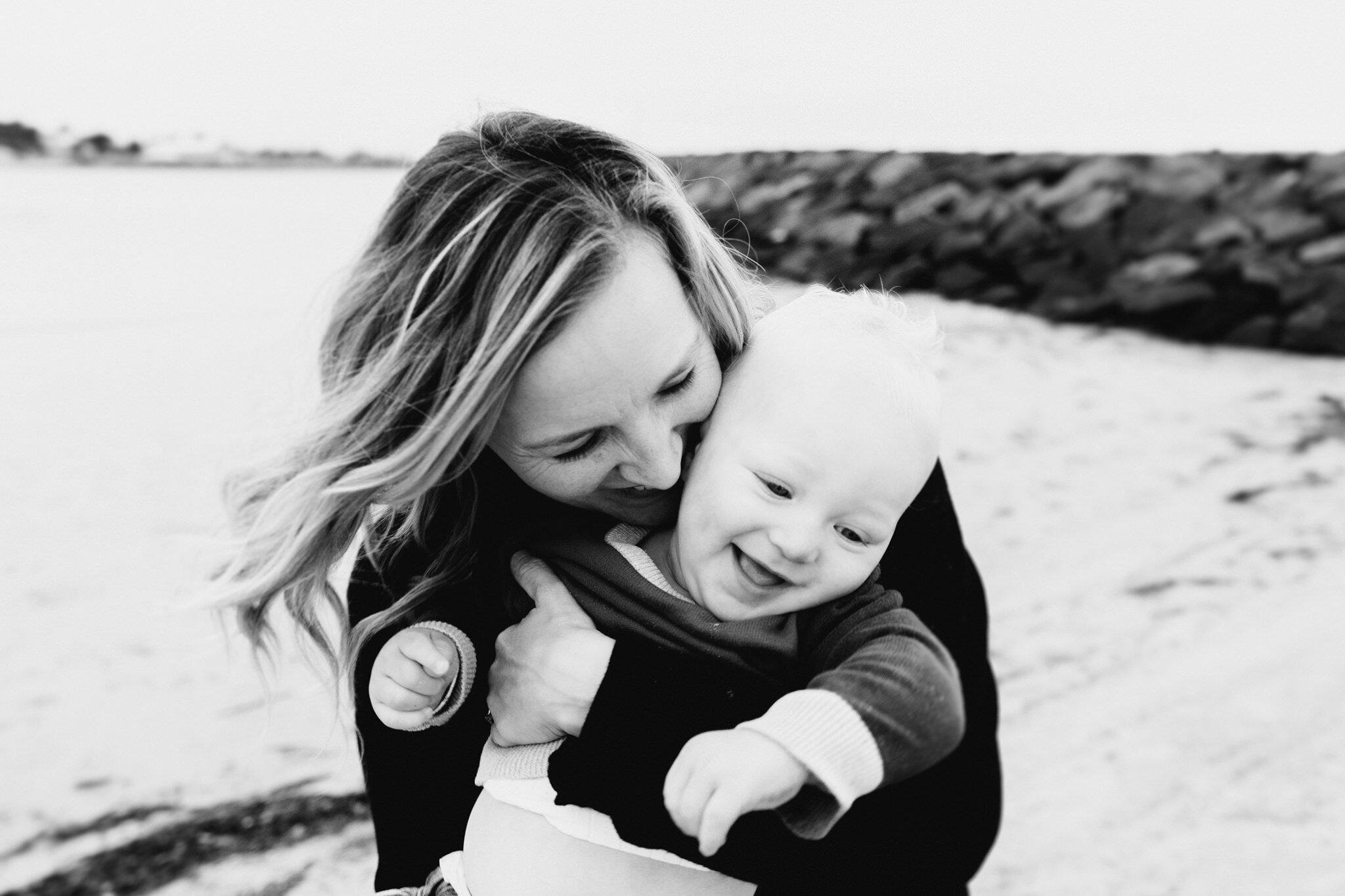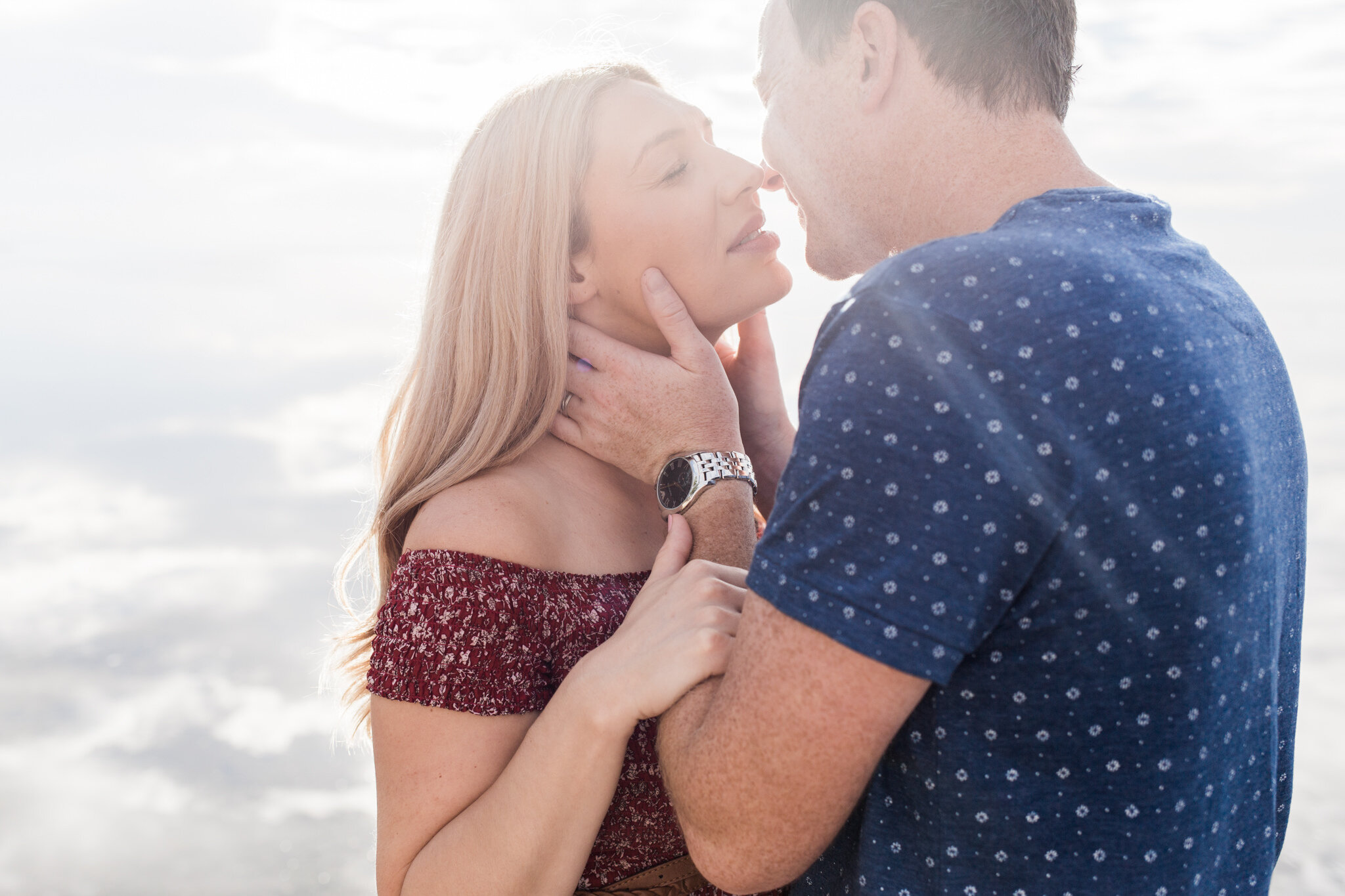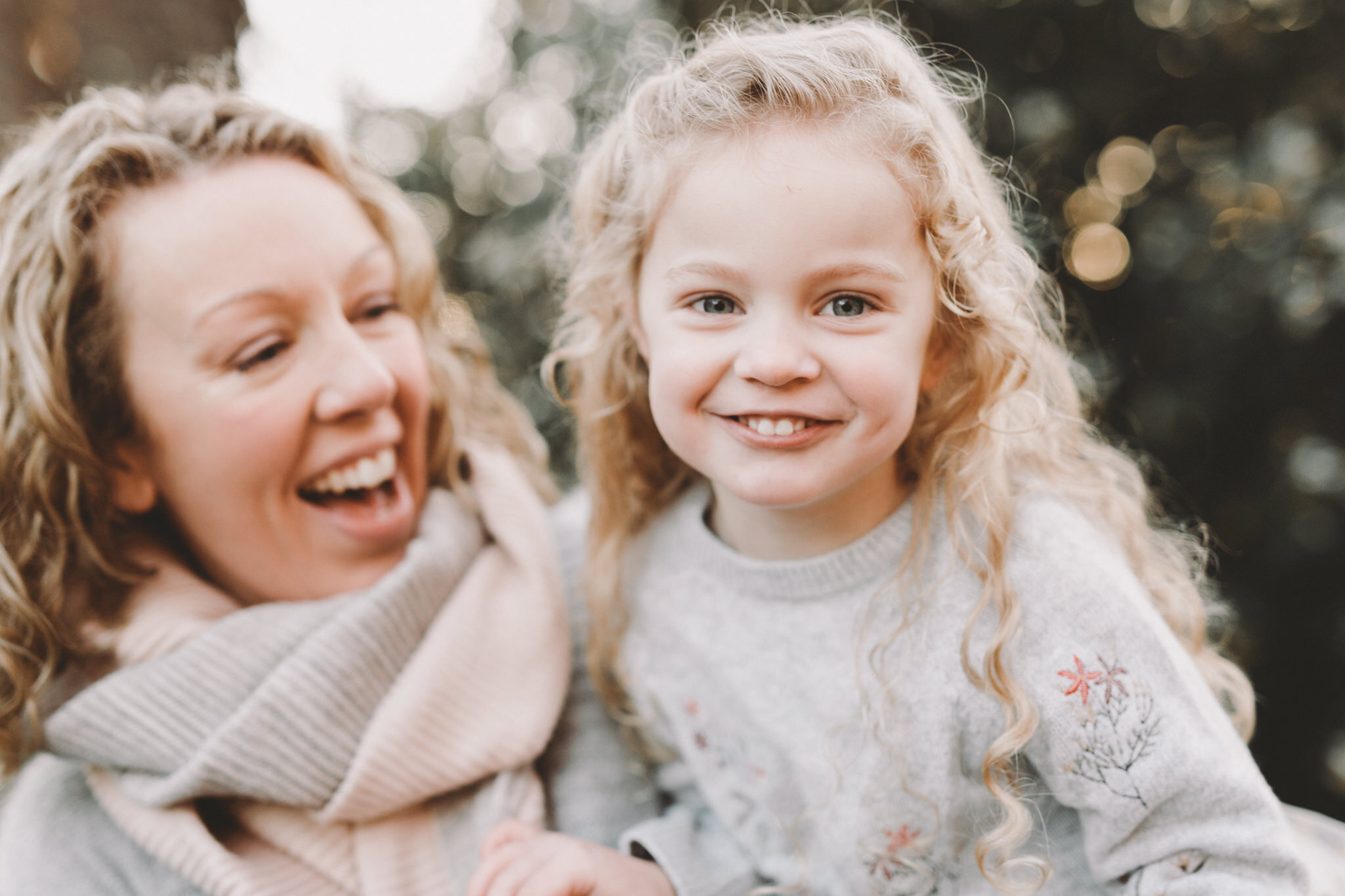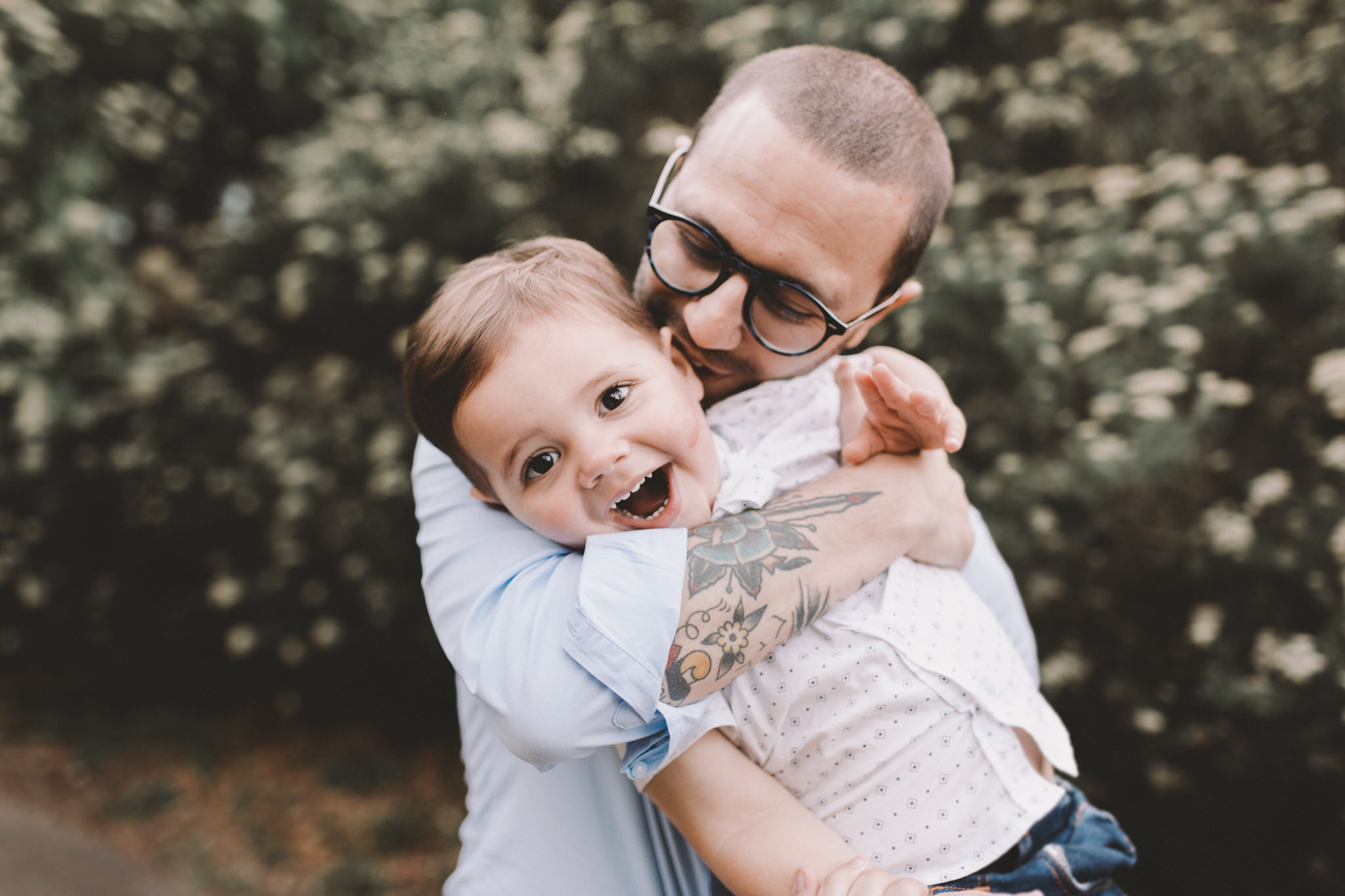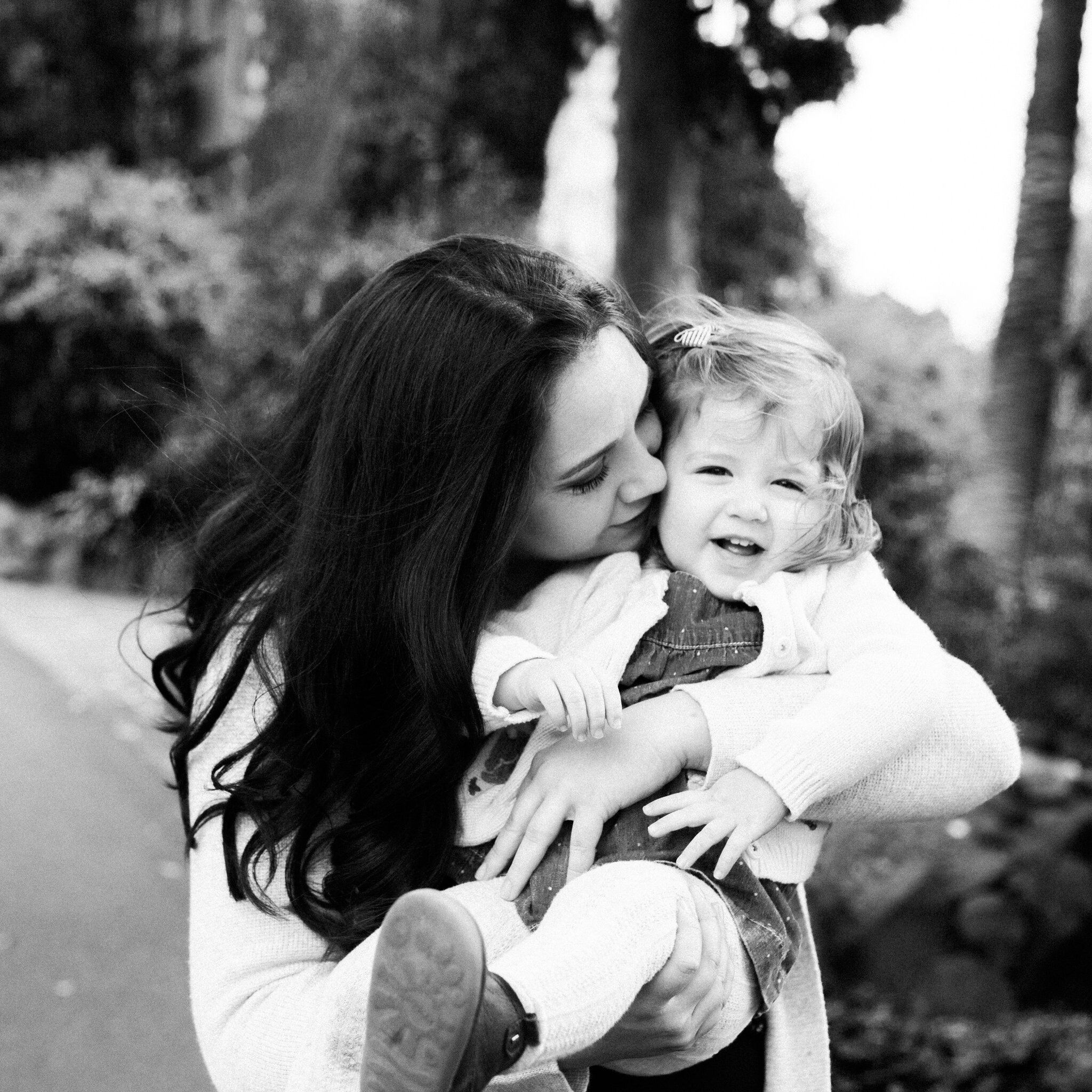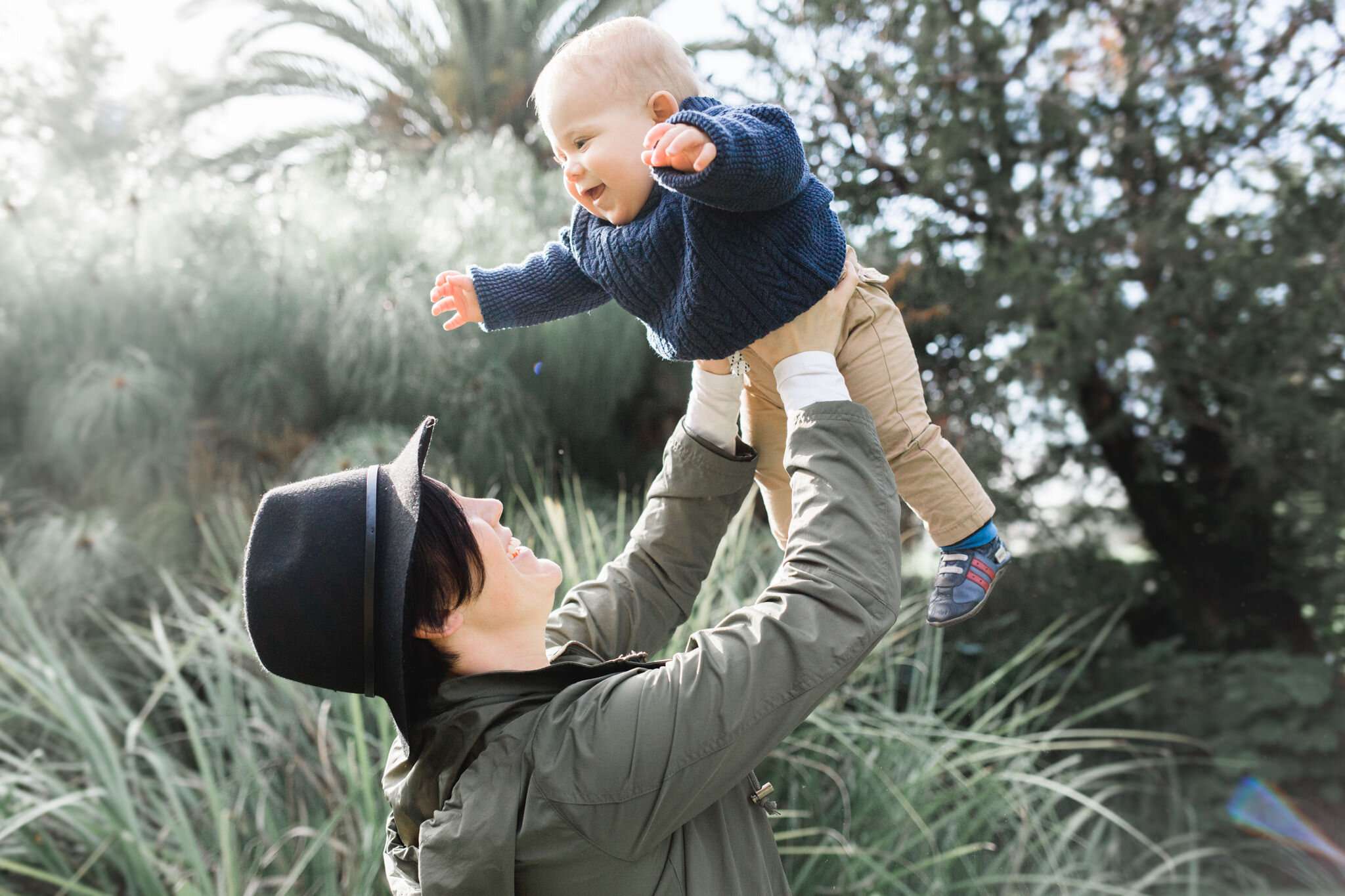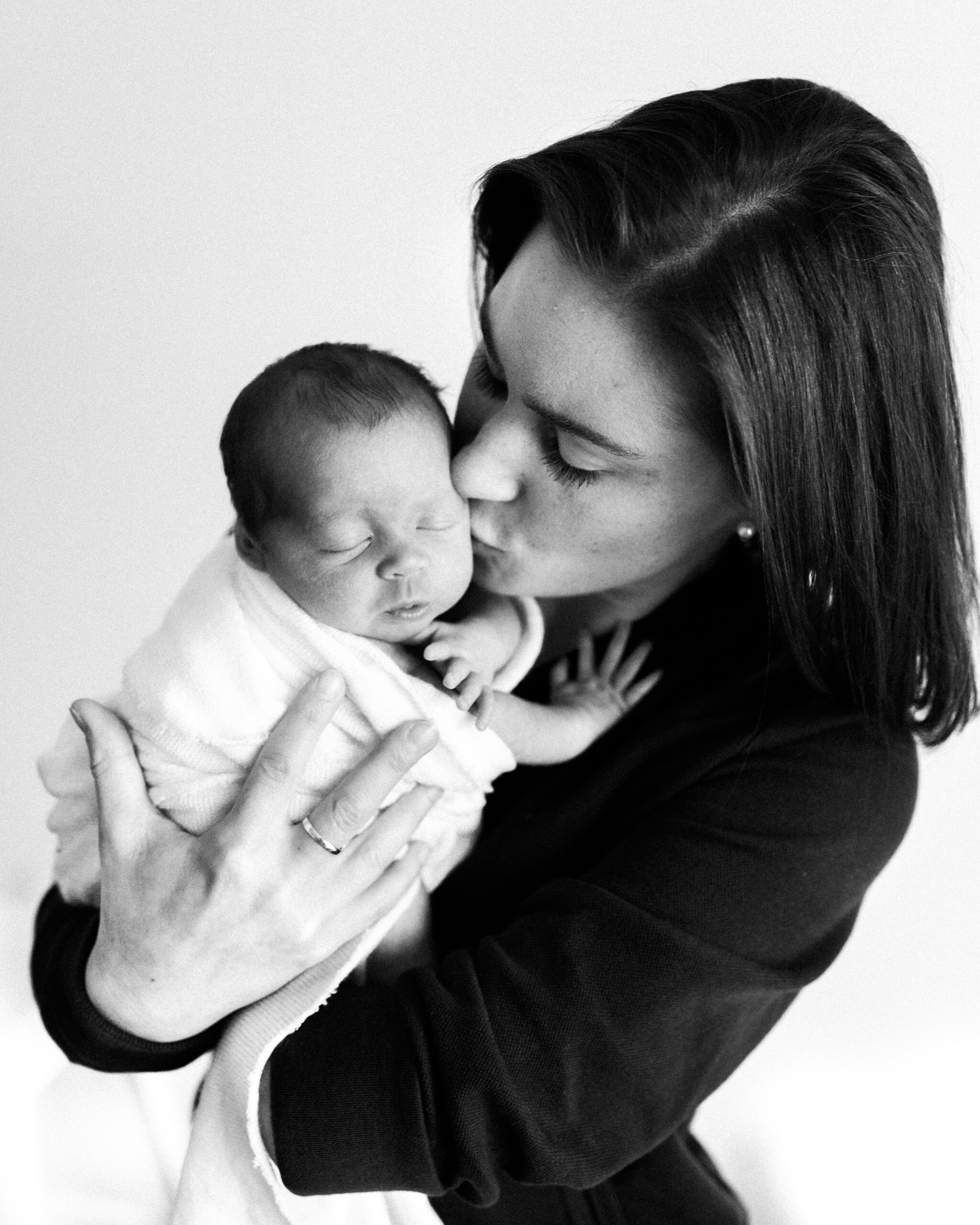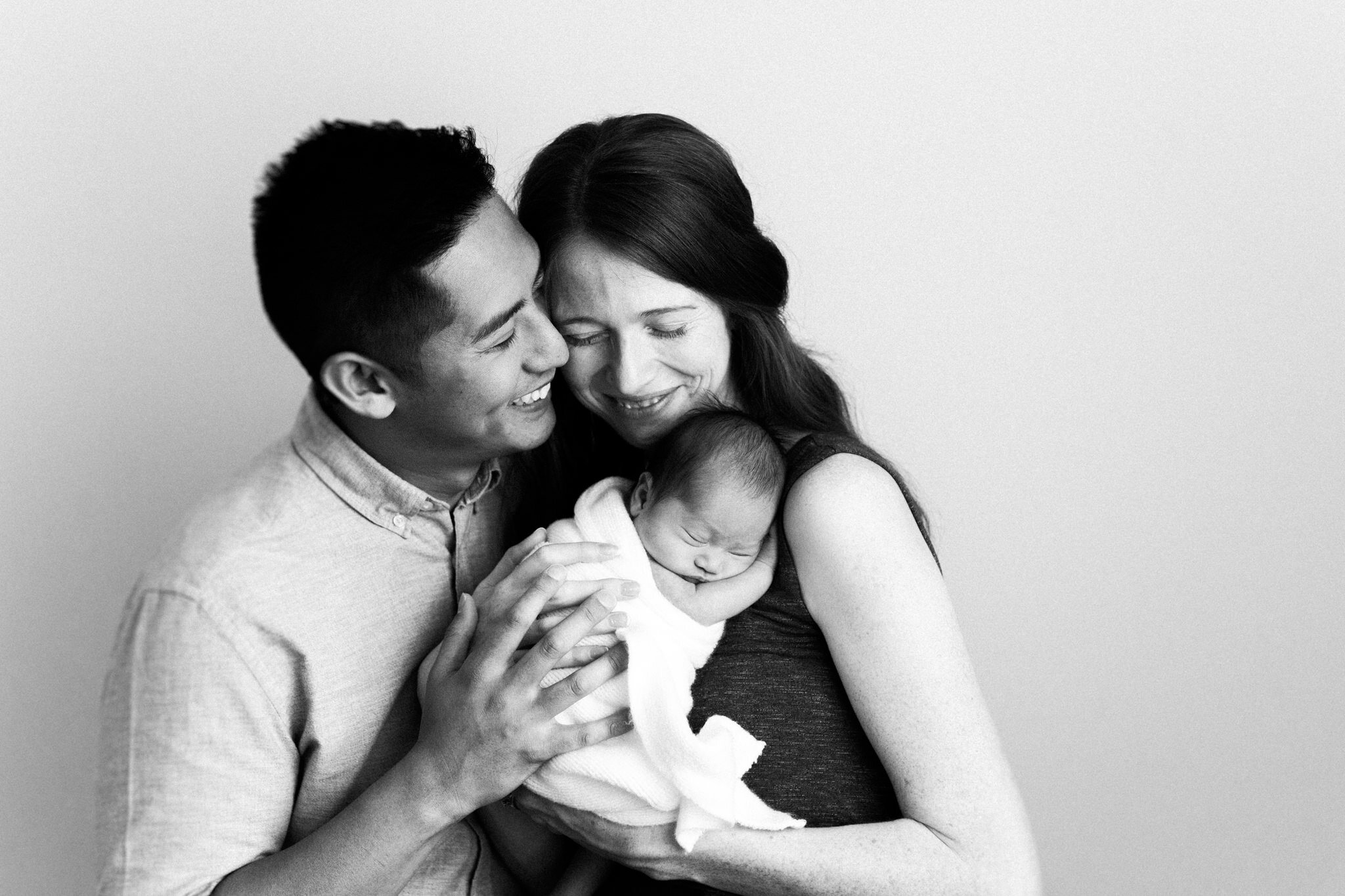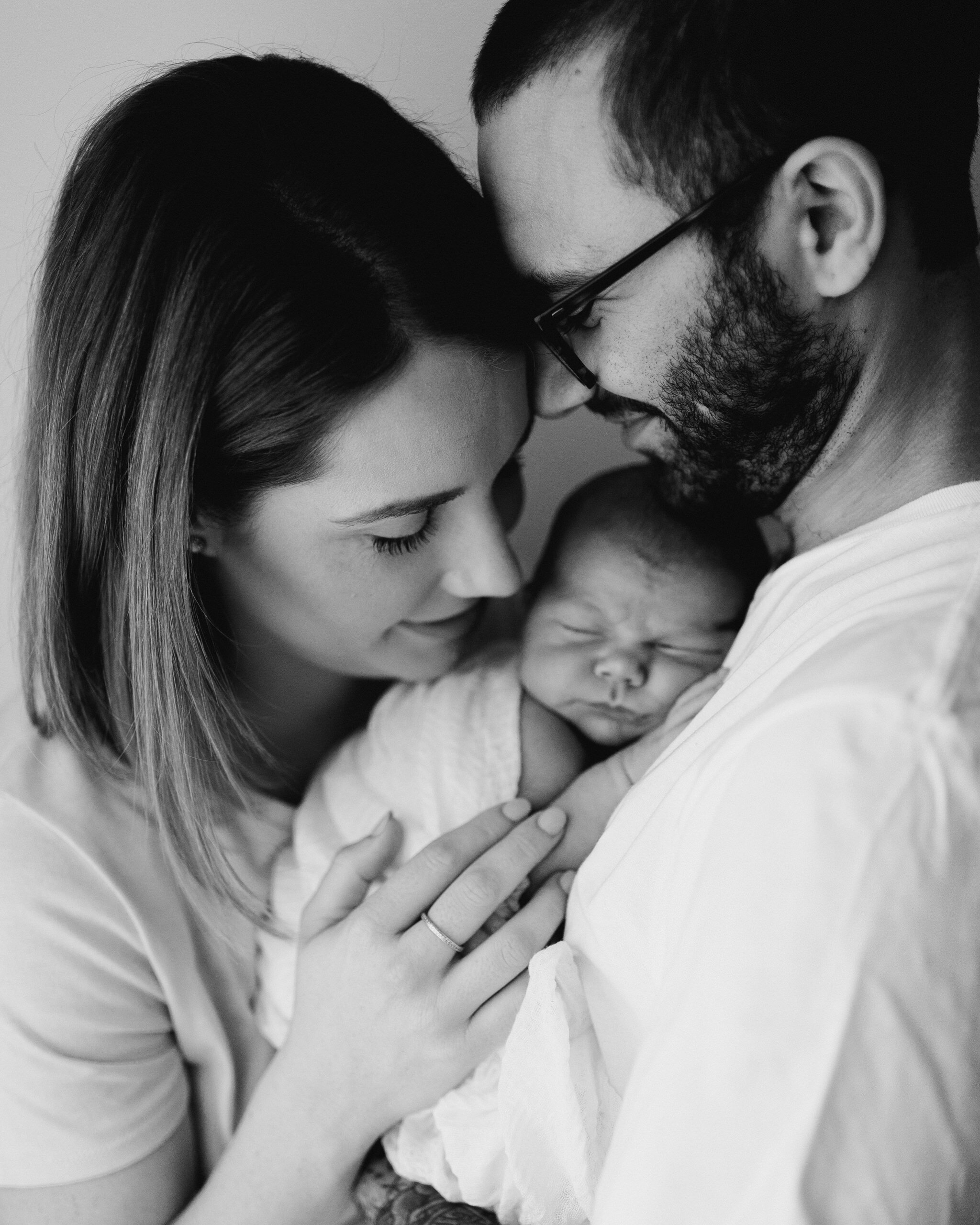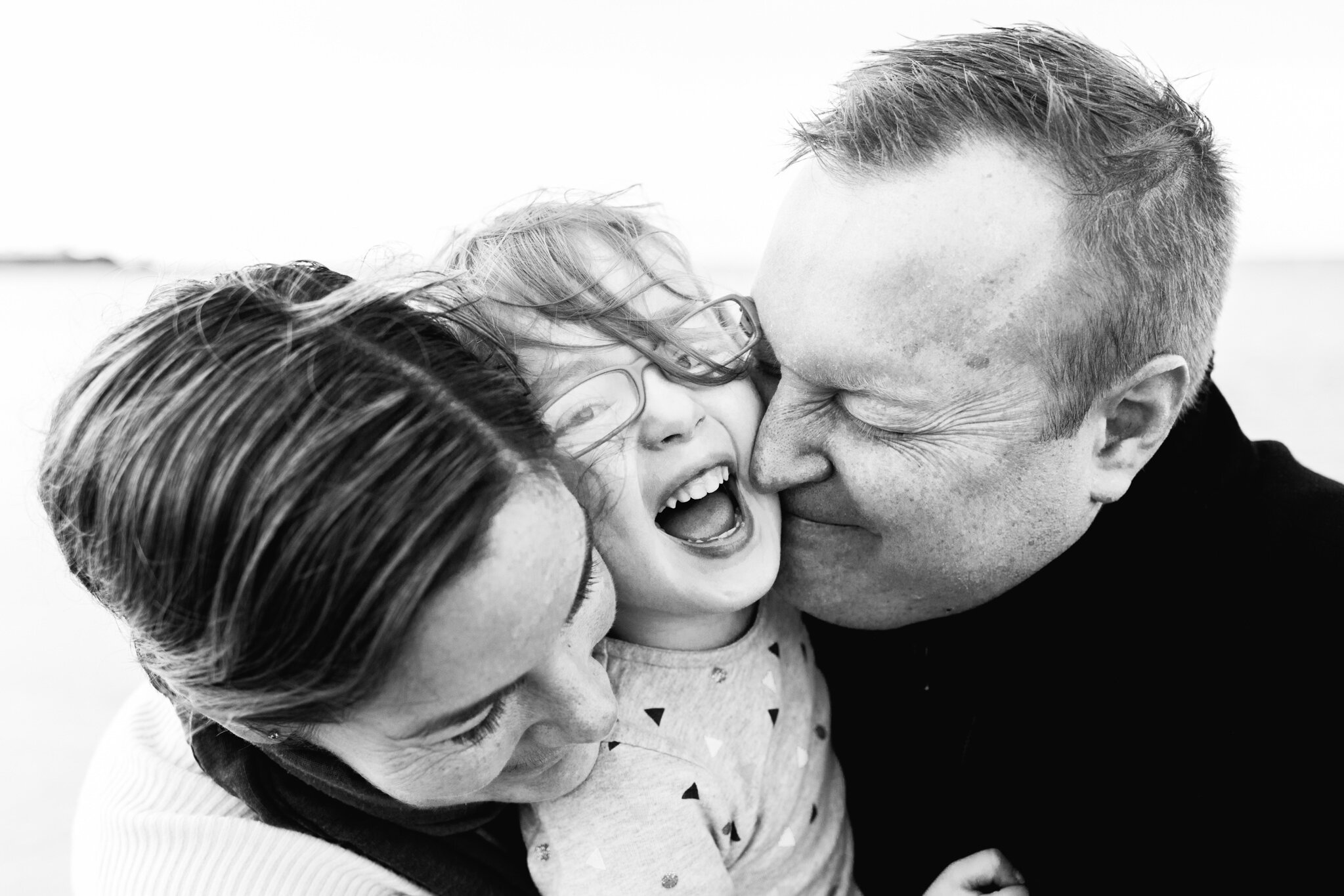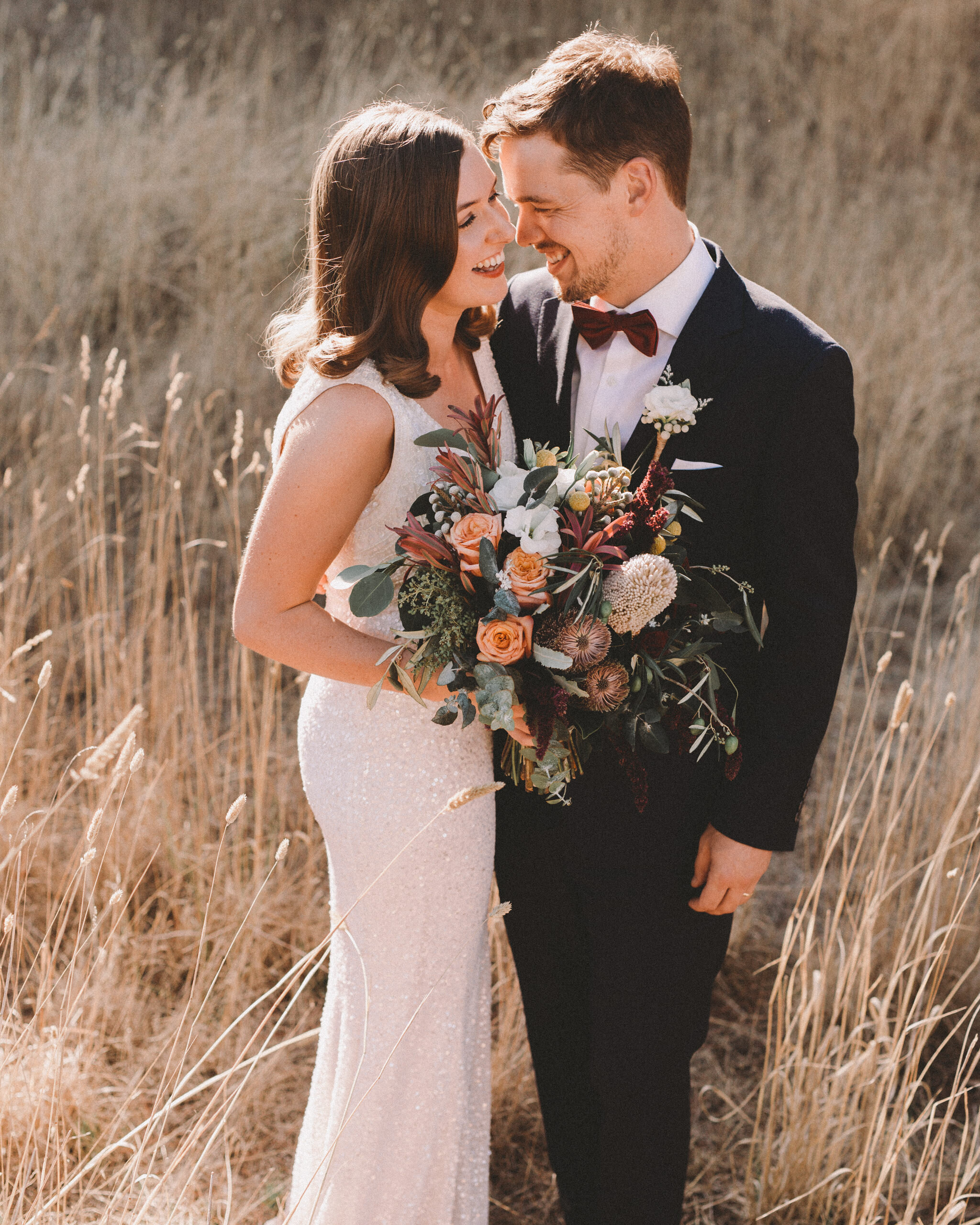5 Tips For photographing people naturally and authentically
Have you ever looked at a photo and thought to yourself "Wow, they look so relaxed! They couldn't possibly be camera shy!".
Well, can I share a secret with you? This is a fact - 9/10 people who jump in front of my lens are self-conscious, and camera shy. But would you know it looking at the photos throughout my website, or on Instagram?
Heck no! At least, I hope not!
So how do I get people to loosen up, and feel comfrtable, and look relaxed and natural and happy in their photos?
Because I believe in community (not competition) I'm sharing a few hot tips on how I photograph people!
Tip #1
CREATING TRUST.
I think the biggest problem people have in deciding whether or not to book a photographer is this - when people think of themselves in a photo, they are visualising really crappy photos taken by friends and family on their phone. Bad light, bad angles, bad everything - and they think "I look AWFUL in photos"!
This fear of looking awkward in ALL photos stops sooo many people from booking a professional photographer. That, and a fear of “posing” or looking “cheesy” in their photos.
The first step to building trust is when someone stumbles across my work. If they like what they see, and are intrigued then they'll invetigate further, and the more consistency they see, the more they trust me (whether you realise it or not).
Once someone contacts me, I send over a really ridiculously detailed PDF that is chock-full of information - about me, what its like to work with me, what happens during a session, tips for preparing for a session, and finally what it costs and whats included.
After booking in, I'm talking to them about what to wear, where to go, and they fill in a detailed questionnaire to help me get to know them. The more I can help them, and answer their questions fully, clearly and confidently, the more trust is created.
Finally, when we get to the session, they are 3/4 of the way there to trusting me, still feeling slightly worried that the photos will turn out bad but with enough trust in me to try it anyway.
Tips #2
Creating a safe space.
Creating trust doesn't stop once you get to the session, it's the most important part! Just because your clients have gotten to this point with you, doesn't mean they have any idea what to do in front of the camera (remember, they are trusting you to continue guiding them through this process). Everything I do during a session is aimed at creating more, and more, and more trust - until hopefully we all walk away from the session feeling like friends.
The most important thing is not telling someone to be themselves (because how easy is it to be yourself with a complete and total stranger); but by showing them it's safe to be themselves.
How do you do that, exactly? For me, it's all about giving them lots of direction, speaking with confidence and being myself. At the start of every session (or wedding) I take my time at the stat to just chat, so my clients can get to know me, I set expectations, and give them tips and tricks to help them feel confident wen i finally bring my camera out. Setting expectations is the *most* important thing, because when you set expectations it takes the uncertainty away (the uncertainty of not knowing where to look, where to stand, what to do etc).
As we go, I crack lame jokes, and trip over things (unintentionally, but it helps), I get down on the kiddos level and I ask them to break my hand with their hardest high fives and I tickle them and ask them silly questions; basically I'm inviting them to be themselves, and to be silly and playful WITH me, instead of FOR me. By sharing my personality first, I’m showing them it’s okay to share their personality with me.
During the session, I will also give them lots of feedback and ask them to make small adjustments to the way they are standing, and things they can do to avoid double chins etc. By giving them feedback, and showing them photos as we go, the more they trust me (and the more they relax).
Tip #3
Setting Expectations.
Yeah, I'm going to bang on about this because it's so important!! But what kind of expectations do you set?
The very first thing I do at every family and couples session is give people permission to not look at me; and I invite them to look at each other instead. Why? Well, you don’t know me very well yet, so why look at me? It’s awkward to make a lot of eye contact with someone you don’t know, so make it with someone you know (and love) instead. How much more relaxed does that make you feel already? They can totally look at me/the camera if they want to, but they don’t have to, and I tell them that I will ask them to look at me sometimes, but otherwise they can just look wherever.
Another expectation I set, is that I will give them lots of direction, and that I don't expect them to know what they are doing. If I'm not giving them direction, it means they are doing exactly what I want them to be doing and I don't want to interrupt them.
The other expectation that I set is that we are just going to play games and have fun. The more they can laugh, snuggle and flirt, the better!
Tip #4
Movement is key
People also tend to feel really awkward when they are hyper-aware of the camera and getting people to move takes their mind off of me and my camera. I work really hard to ensure my clients are focused on each other (rather than me) and movement helps to relax and put them in the moment with each other. I'm always getting my clients to do something with each other. Even something as simple as walking towards me and holding hands becomes a full body movement (running, skipping, bumping hips, jumping, twirling) - ohh I just had a thought, maybe there are some endorphins being released which might be helping?
Either way, movement helps, a lot. It also creates a lot of life and energy in photos :)
One of the things I tell my clients is that it's important they don't 'freeze' thinking they need to stand still. I don't want them to stand still! My camera is fast enough to capture them without blurriness, and trying to 'freeze' results in stiff, inauthentic photos. Whenever I give them something to do, I ask them to keep moving and not stop. For example, when I've got a couple staring into each others eyes (a staring contest) I've also asked the guy to stroke his beloveds cheek, or play with her hair, and for her to squeeze him when she feels loved. It keeps their mind off the camera and focused on each other, that's for sure.
The other thing is knowing what you want to capture. If I want to capture laughter, I ask them to tickle each other - I'm not looking for the tickles I’m looking for the laughter that follows. Or whisper something naughty in her ear – I’m not looking for the whisper, but the blush and the giggle that happens afterwards. I’ll ask them to just hang out in a certain spot and hang out with each other – “talk about whatever you want as long as you snuggle!”
Simple things like asking them to just look at each other, to kiss each someone on the cheek, spin around in a circle are all really effective too, and things I use on a regular basis.

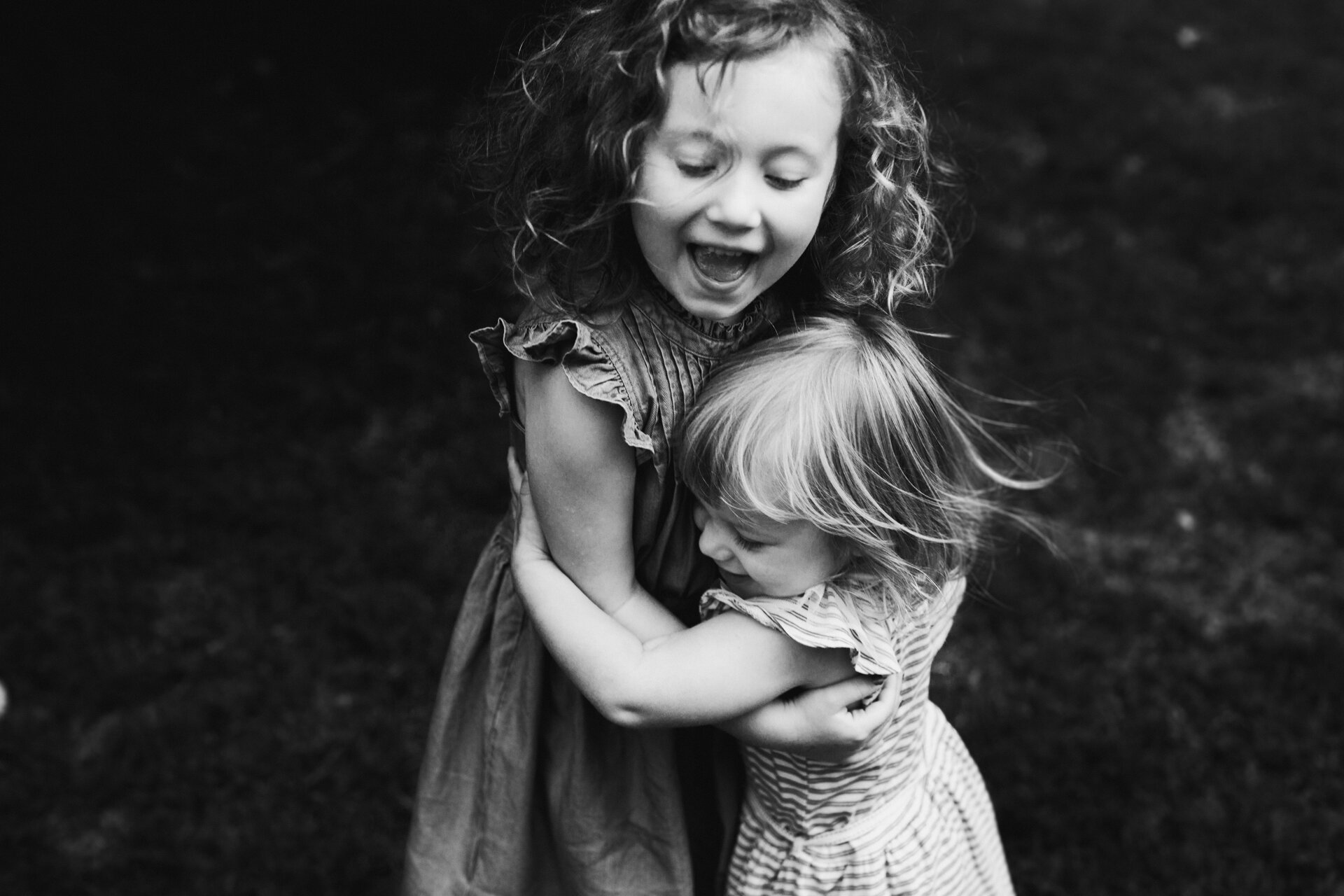
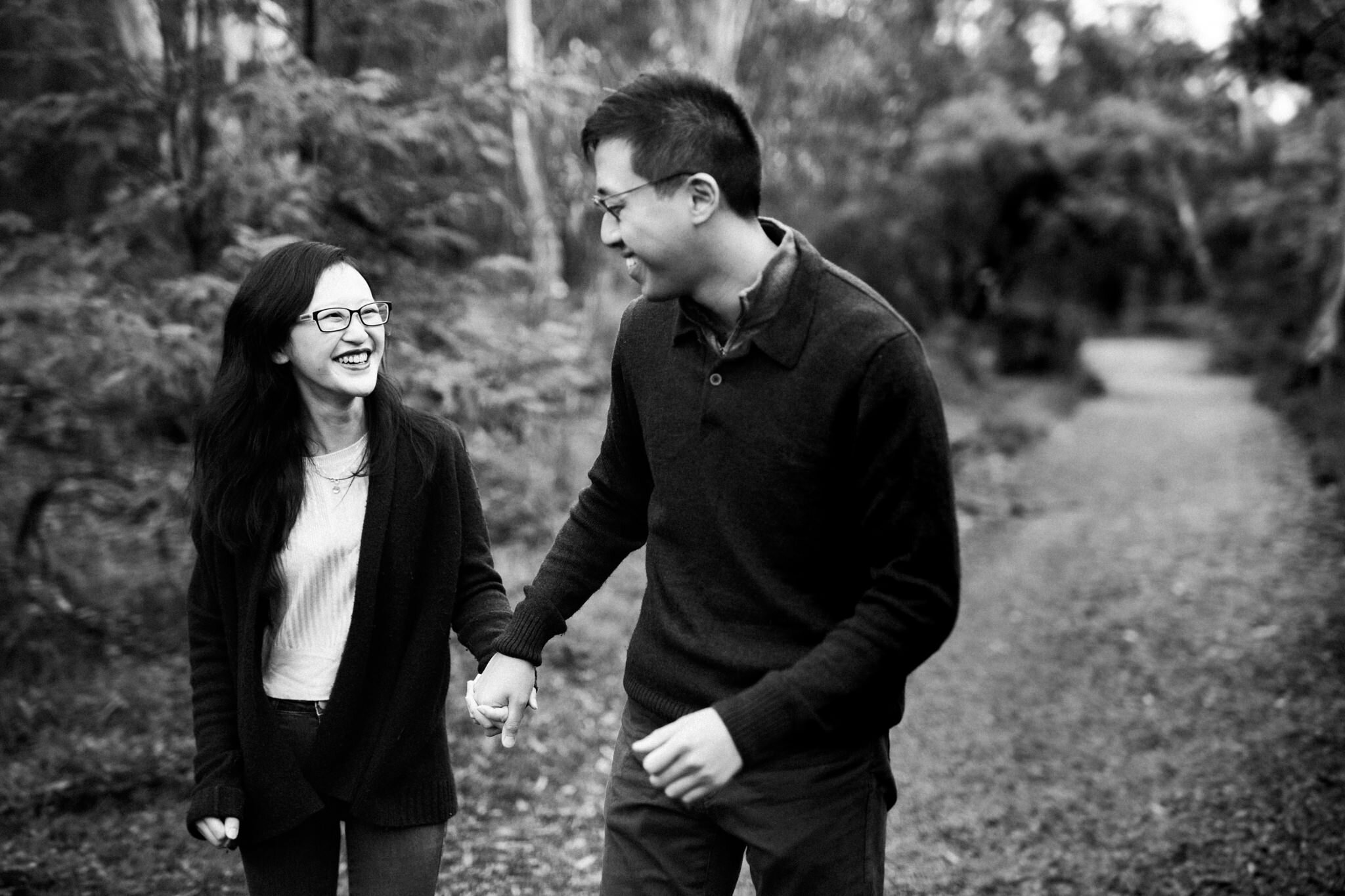
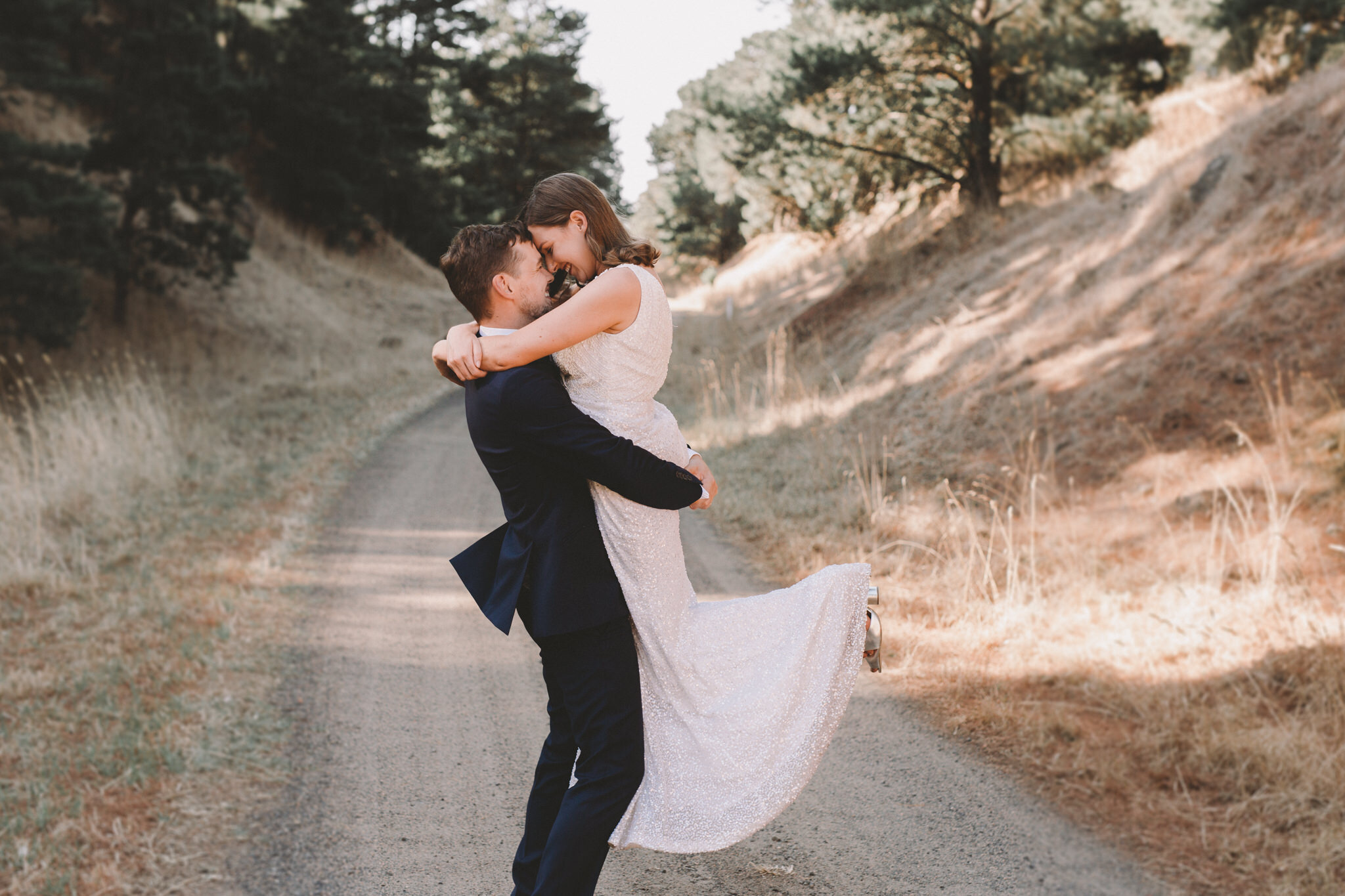
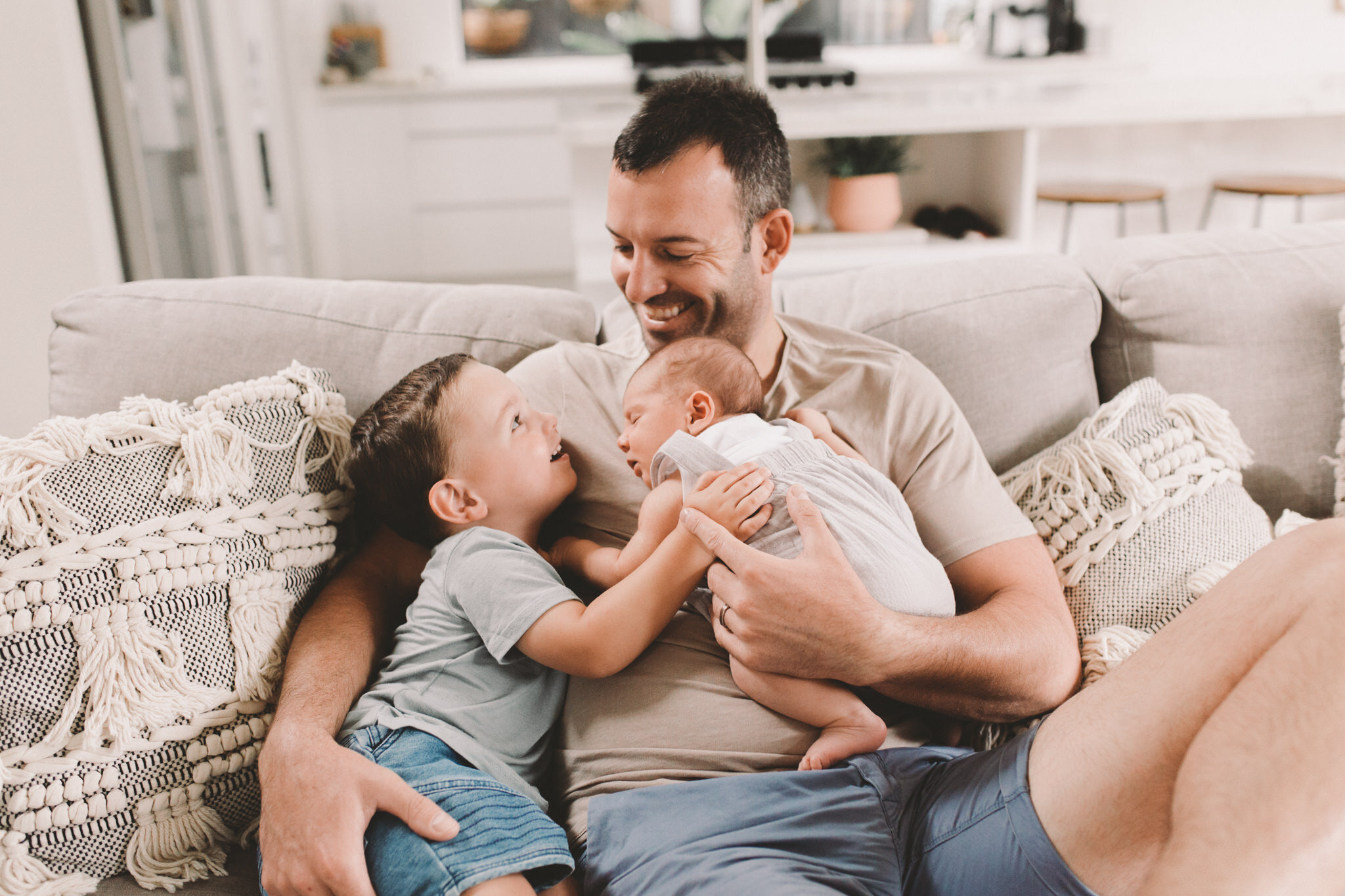

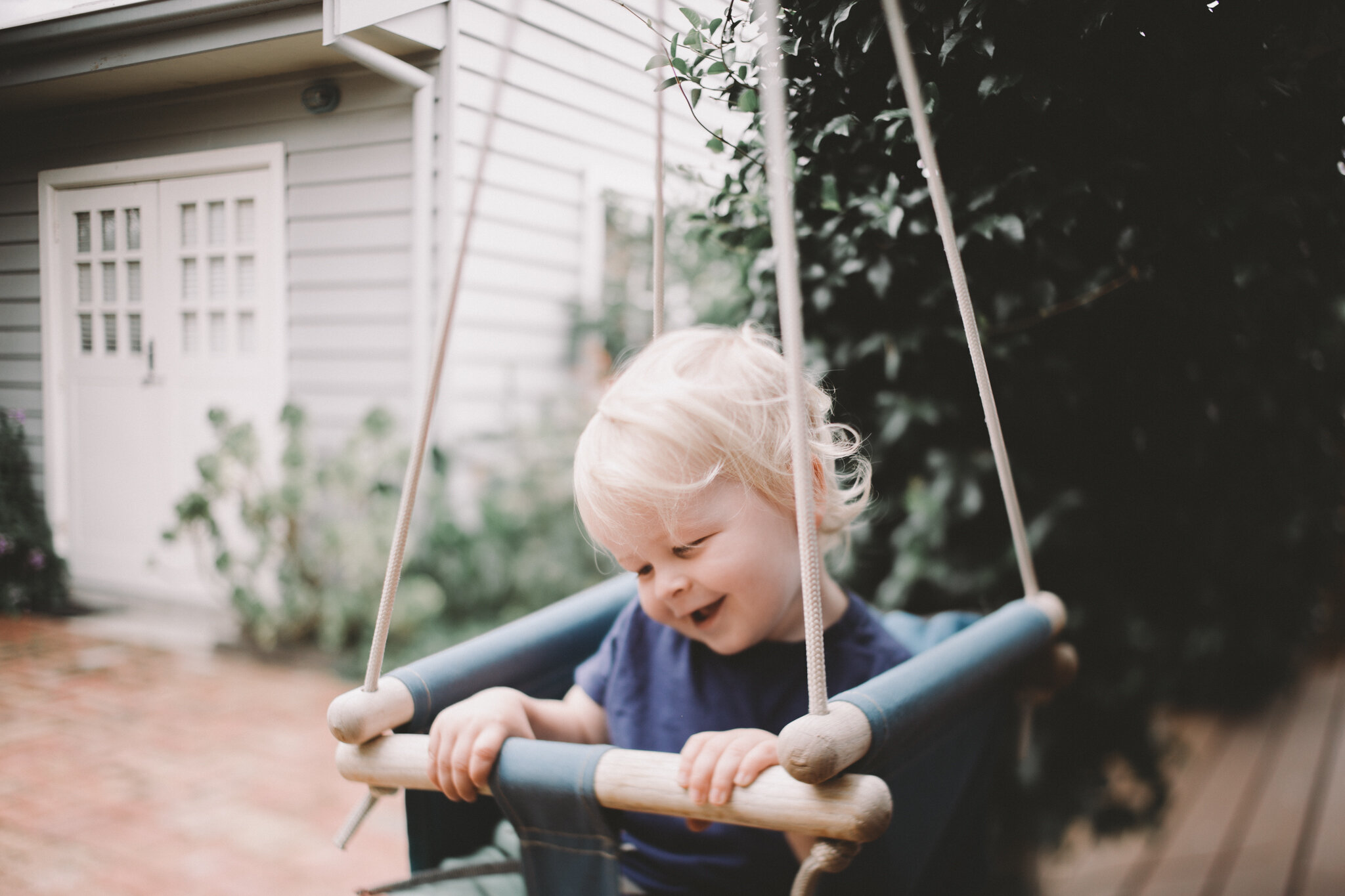
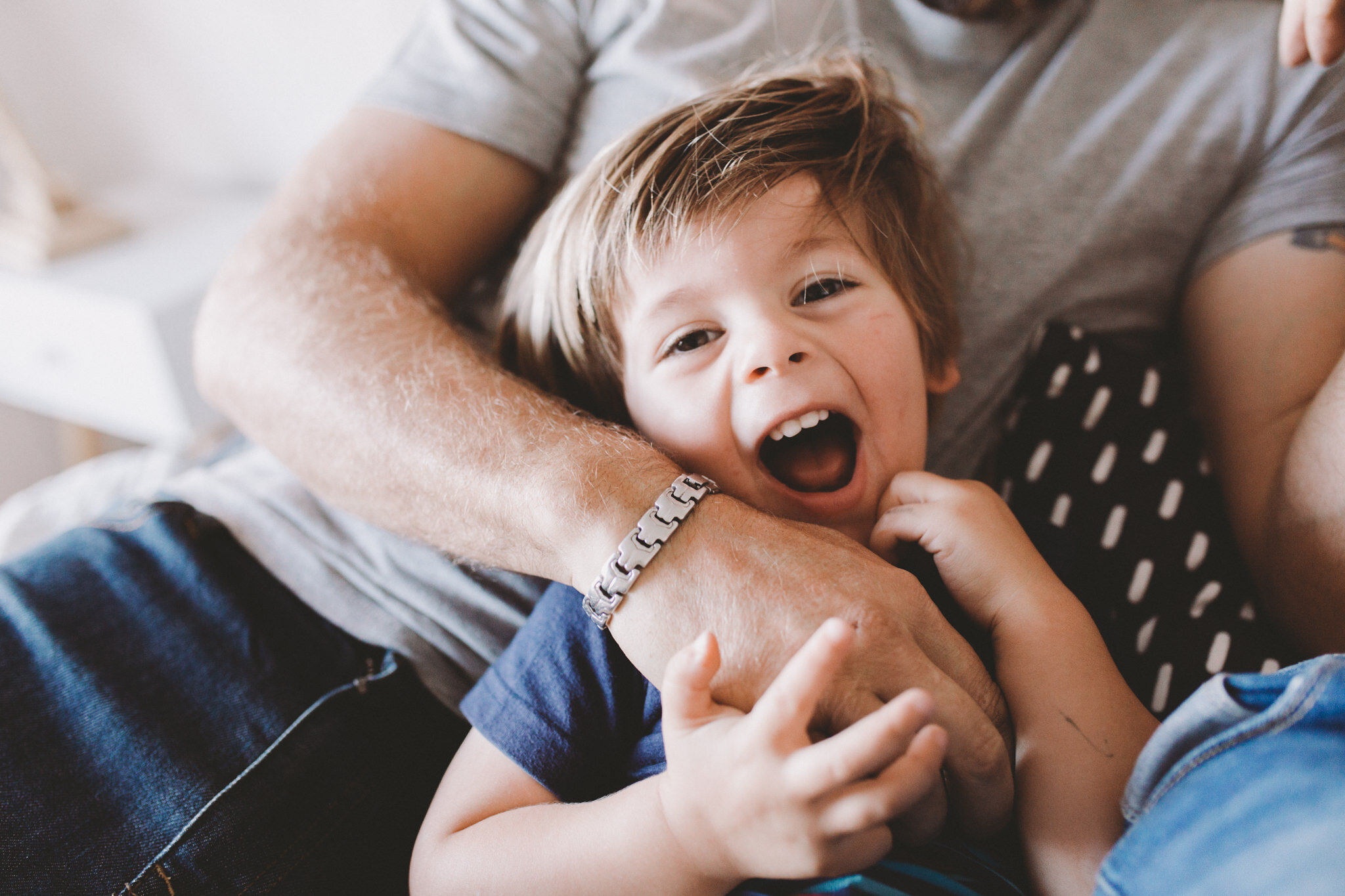

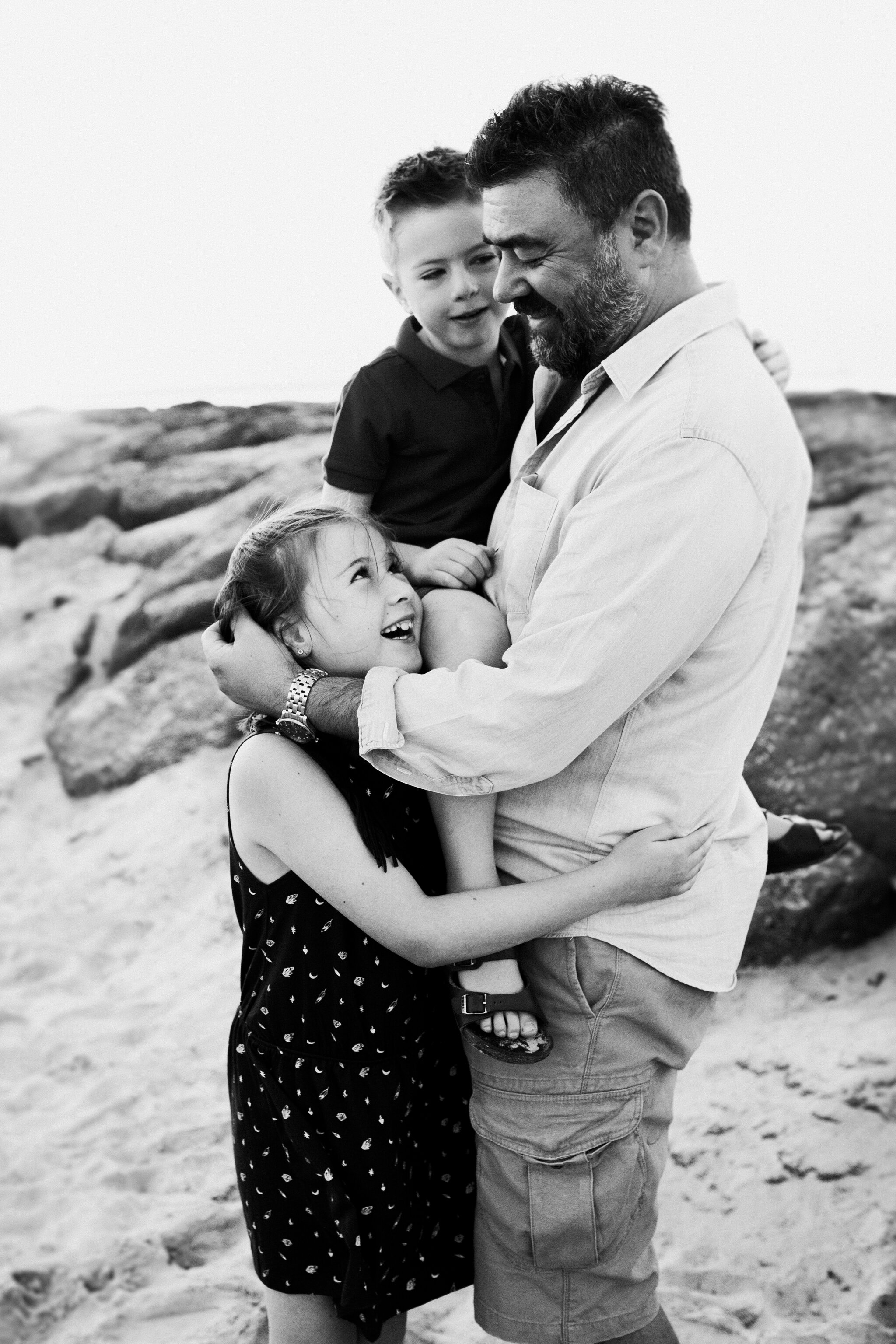
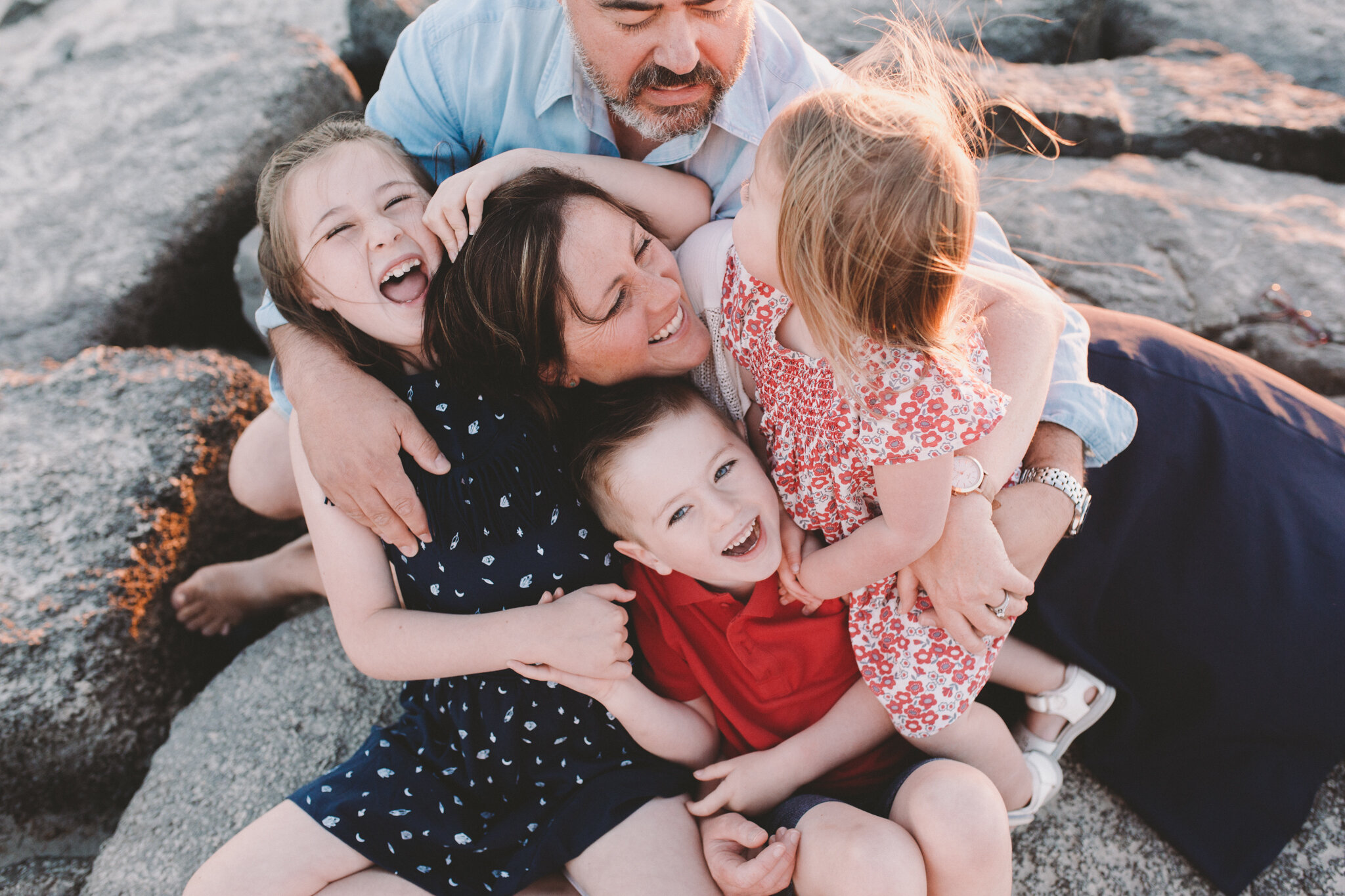
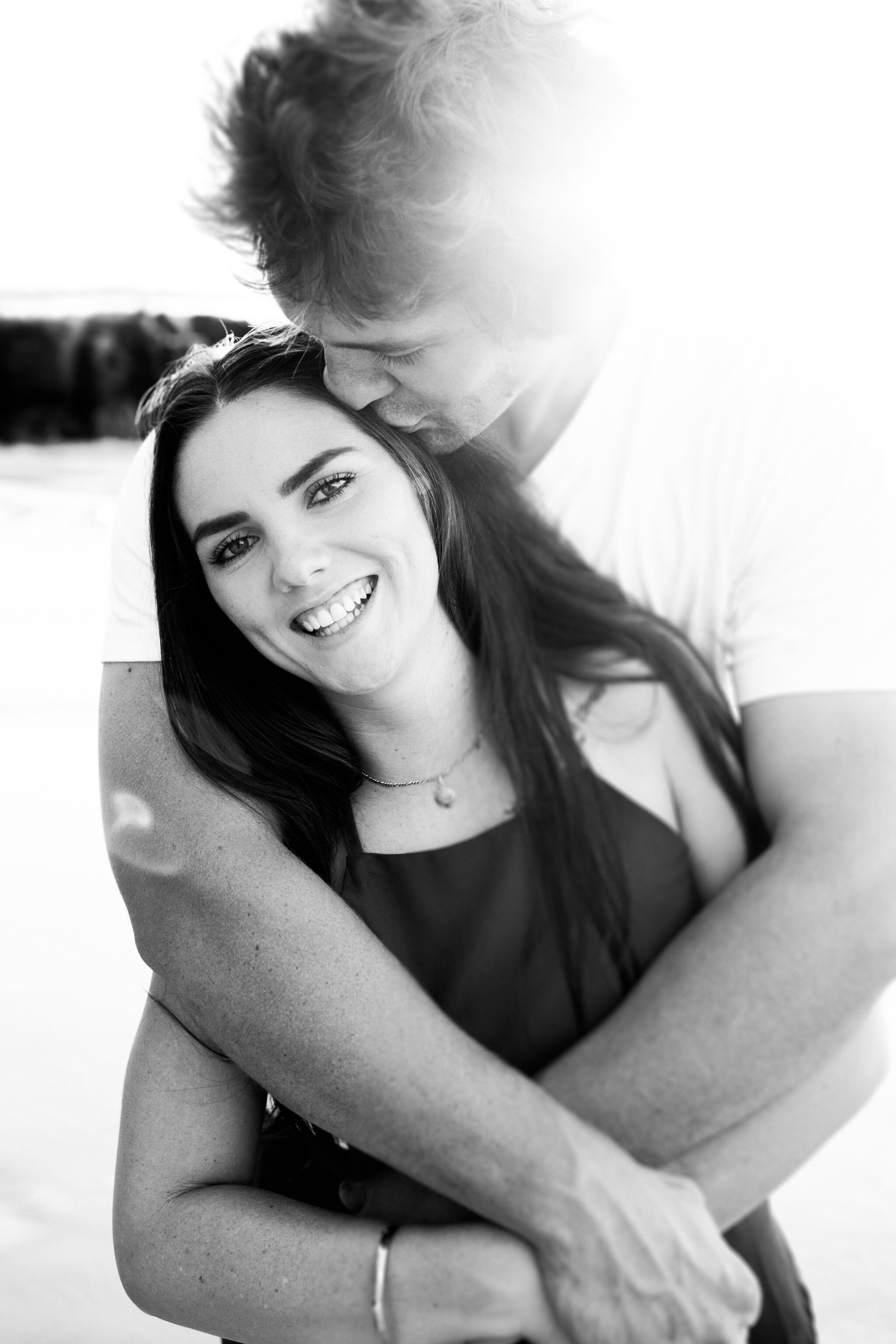
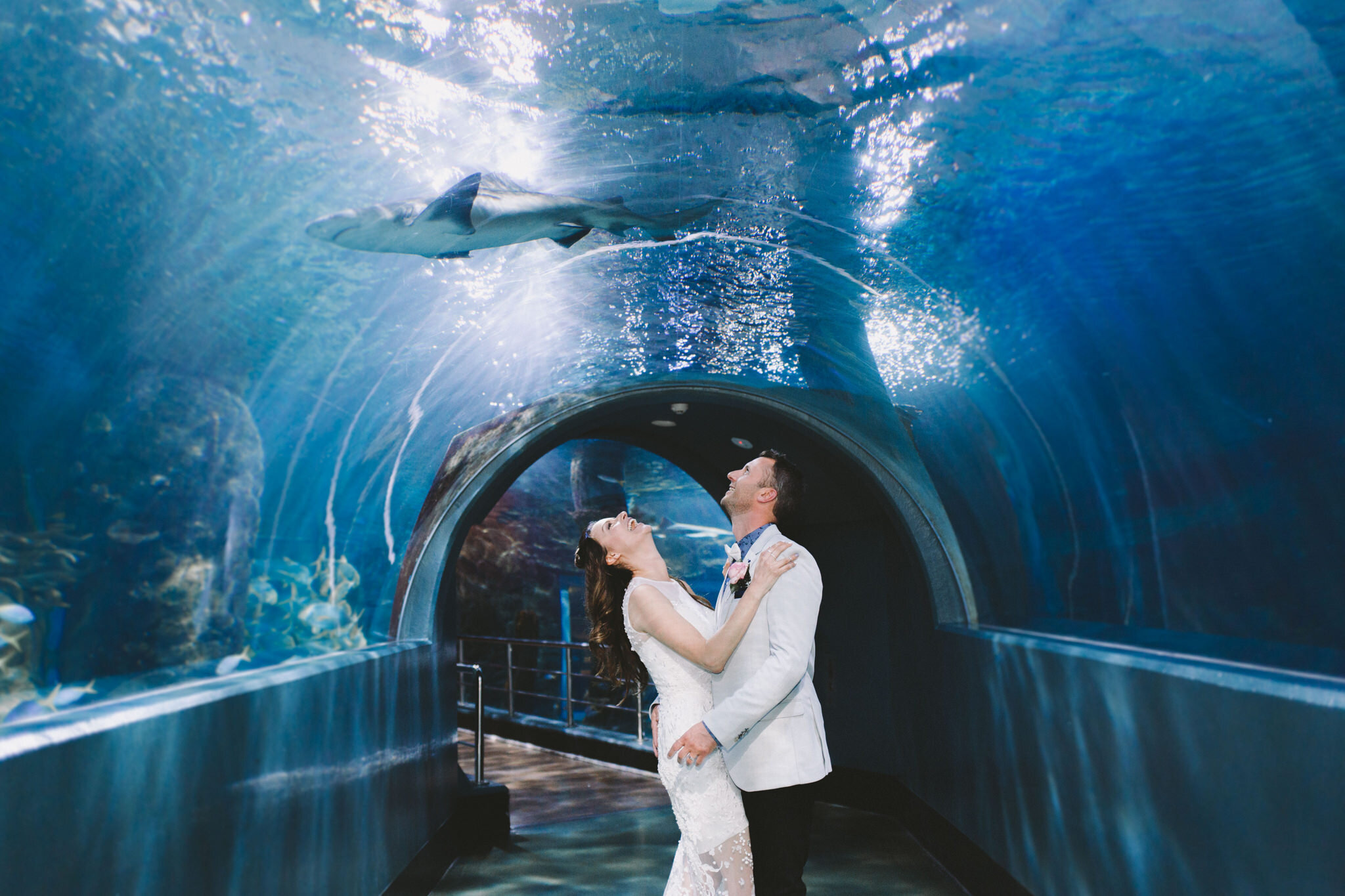
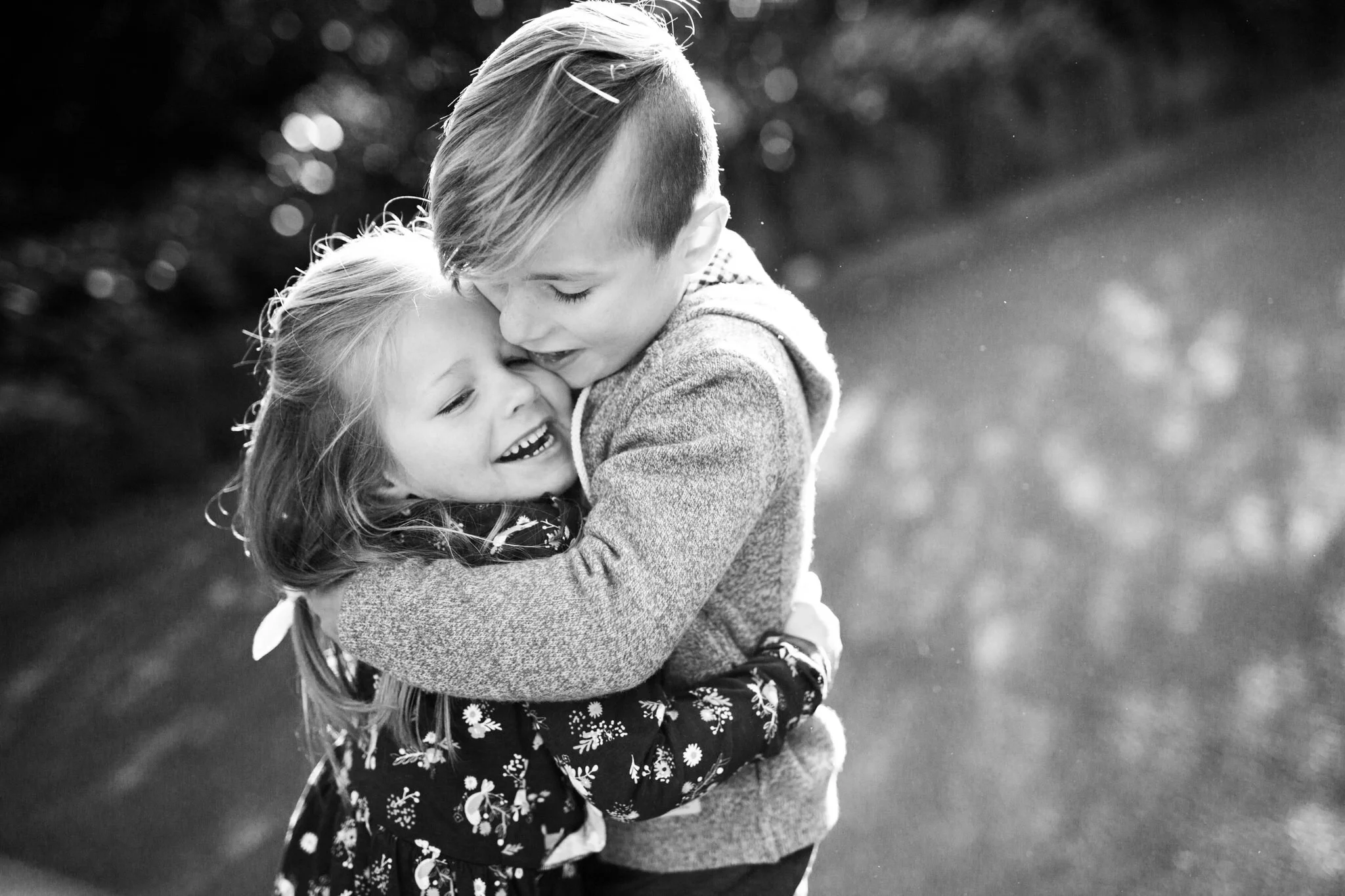
Tip #5
DIRECTION, DIRECTION, DIRECTION
I like to call what I do direction, rather than posing. But there's also some posing involved - and I'm here to tell you that posing doesn’t have to be scary!!
The only kind of posing I do is tell my clients where to stand, how to stand, where to put their hands, where to look (that actually sounds really restrictive) but then I ask them a question, or get them to do something and capture that. Basically, the more I can give them to do and think about, the less brain space they have to think about the camera.
I think giving a lot of direction is it’s essential to creating confidence and trust. My clients aren’t models, and they’ve got no idea what to do, other than just stand there and look at me blankly. Give them something to do, and don’t stop giving them things to do (more movement, see?). But here's a little secret for you as well, models sometimes need just as much direction and reassurance as we do (just of a slightly different kind).
This also doesn't mean you need to be talking the whole time, it's actually really important to me that I shut up at various points during the session, and give my clients space to be in the moment and relax into whatever emotion I'm asking them to share with me. Your clients will mirror the energy you give to them - if I want a quiet moment, I need to give quiet energy. If I want them to laugh and be silly, I have to laugh and be silly with them.
Did you find this info helpful? You might find some of these posts helpful too, and if you are interested in mentoring with me send me an email!
Lexi x


